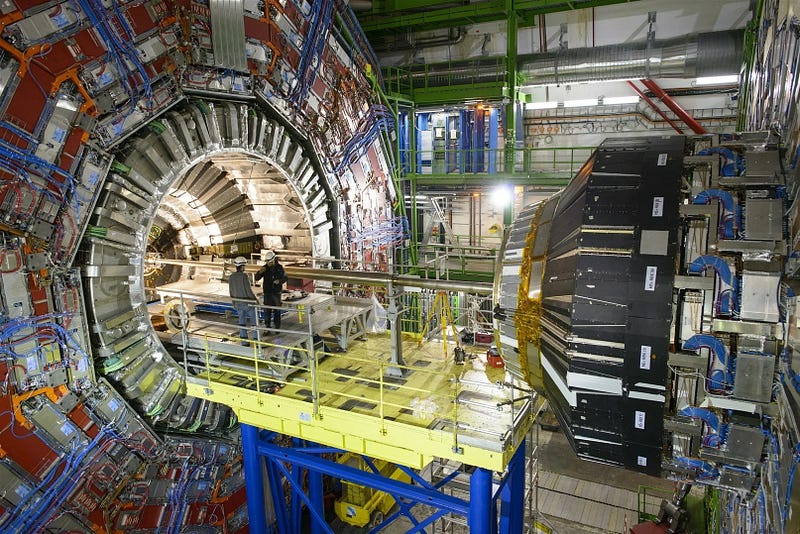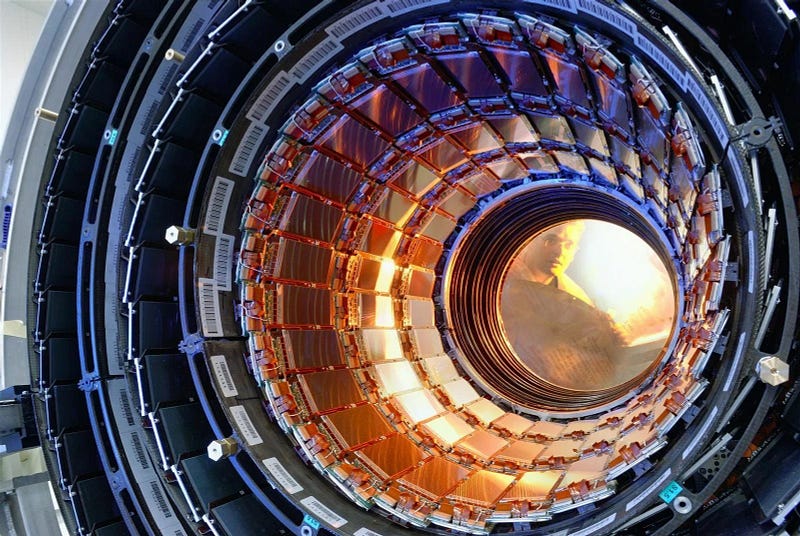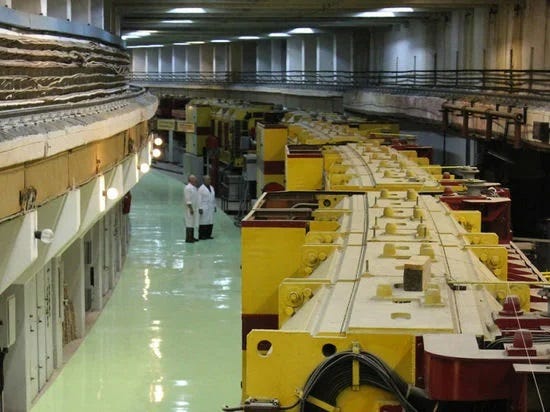Title: Consequences of Human Exposure in the Large Hadron Collider
Written on
Chapter 1: The Large Hadron Collider and Human Safety
Recently, I received an intriguing inquiry: what would occur if an individual found themselves within a particle accelerator like the Large Hadron Collider? Understanding the implications of a human presence in such a facility can enhance our comprehension of human biology, especially regarding radiation tolerance.

The Purpose of Particle Accelerators
The primary objective of particle accelerators is to uncover new particles. In essence, scientists accelerate pairs of electrons to near-light speeds and observe their collisions to analyze the outcomes.

When electrons collide, all their energy—both from their mass (as per E=mc²) and their kinetic energy from acceleration—is released. This energy can produce various new particles, adhering to the principles of conservation (energy, lepton and baryon numbers, charge, etc.). Notably, the Large Hadron Collider was responsible for the discovery of the Higgs boson through these collisions. Rather than accelerating individual electrons, large streams of particles are made to collide.

What Happens If a Person is Exposed?
A crucial question arises: what would happen if a person were caught in a beam of high-energy particles traveling close to the speed of light? A real-life incident offers insight. On July 13, 1978, Soviet physicist Anatoli Bugorsky was conducting repairs on the U-70 synchrotron in Serpukhov-7, one of the largest particle accelerators at that time.

Due to either negligence or a malfunction of the safety mechanisms, protons were allowed to flow through the scientist's head at nearly the speed of light. He was swiftly taken to a hospital in Moscow, where initial assessments raised concerns about severe damage from ionizing radiation that could disrupt DNA structure. Such damage could lead to cell death, hinder cell division, or even trigger cancerous growths.

Fortunately, the beam only traversed his head, sparing 99% of his body from harm. Though the radiation exposure was significantly above permissible limits, the narrowness of the beam (only two by three millimeters) minimized health risks.

While the incident left him deaf in one ear and caused temporary epilepsy, he eventually recovered and resumed his scientific endeavors.
Conclusion: A Cautionary Tale
In summary, Bugorsky's experience was a stroke of luck, and such circumstances should definitely be avoided.
Clap if you're interested in more space-related articles in your feed!
Subscribe to our channel and feel free to pose questions for future discussions.